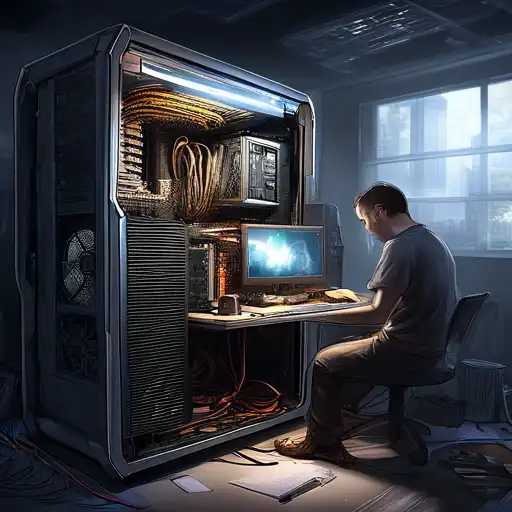Introduction to PC Building
Building your own PC can be a rewarding experience, offering both personal satisfaction and the opportunity to customize your machine to your exact needs. Whether you're a gamer, a content creator, or just someone looking for a powerful workstation, assembling your own computer allows you to select each component for performance, aesthetics, and budget.
Why Build Your Own PC?
There are several advantages to building your own PC over buying a pre-built one. You can save money, get better performance for your budget, and have the flexibility to upgrade in the future. Plus, the process itself is a great learning experience about how computers work.
Essential Components for Building a PC
Before you start, you'll need to gather all the necessary components. Here's a list of the essential parts:
- Processor (CPU)
- Motherboard
- Memory (RAM)
- Storage (SSD or HDD)
- Graphics Card (GPU)
- Power Supply (PSU)
- Case
- Cooling System
Step-by-Step Guide to Assembling Your PC
1. Prepare Your Workspace
Ensure you have a clean, static-free area to work in. Gather all your tools and components before you begin.
2. Install the CPU
Carefully place the CPU into the motherboard's socket, aligning it correctly. Secure it with the lever or latch.
3. Install the RAM
Insert the RAM sticks into the appropriate slots on the motherboard. Make sure they're firmly seated and the clips lock into place.
4. Mount the Motherboard
Place the motherboard into the case, aligning it with the standoffs. Screw it in securely but don't overtighten.
5. Install the Storage and GPU
Connect your SSD or HDD to the motherboard and power supply. Then, insert the GPU into the PCIe slot and secure it.
6. Connect the Power Supply
Attach all necessary power cables from the PSU to the motherboard, CPU, GPU, and storage devices.
7. Final Checks and Boot Up
Double-check all connections, ensure everything is seated properly, and then power on your PC to test.
Tips for First-Time Builders
Take your time and don't rush the process. Watch tutorial videos if you're unsure about any step. Remember, it's okay to ask for help from more experienced builders.
Conclusion
Building your own PC is an achievable goal for beginners with the right preparation and patience. By following this guide, you'll have a custom-built computer that meets your needs and preferences. Happy building!
For more information on selecting components, check out our component guide.
